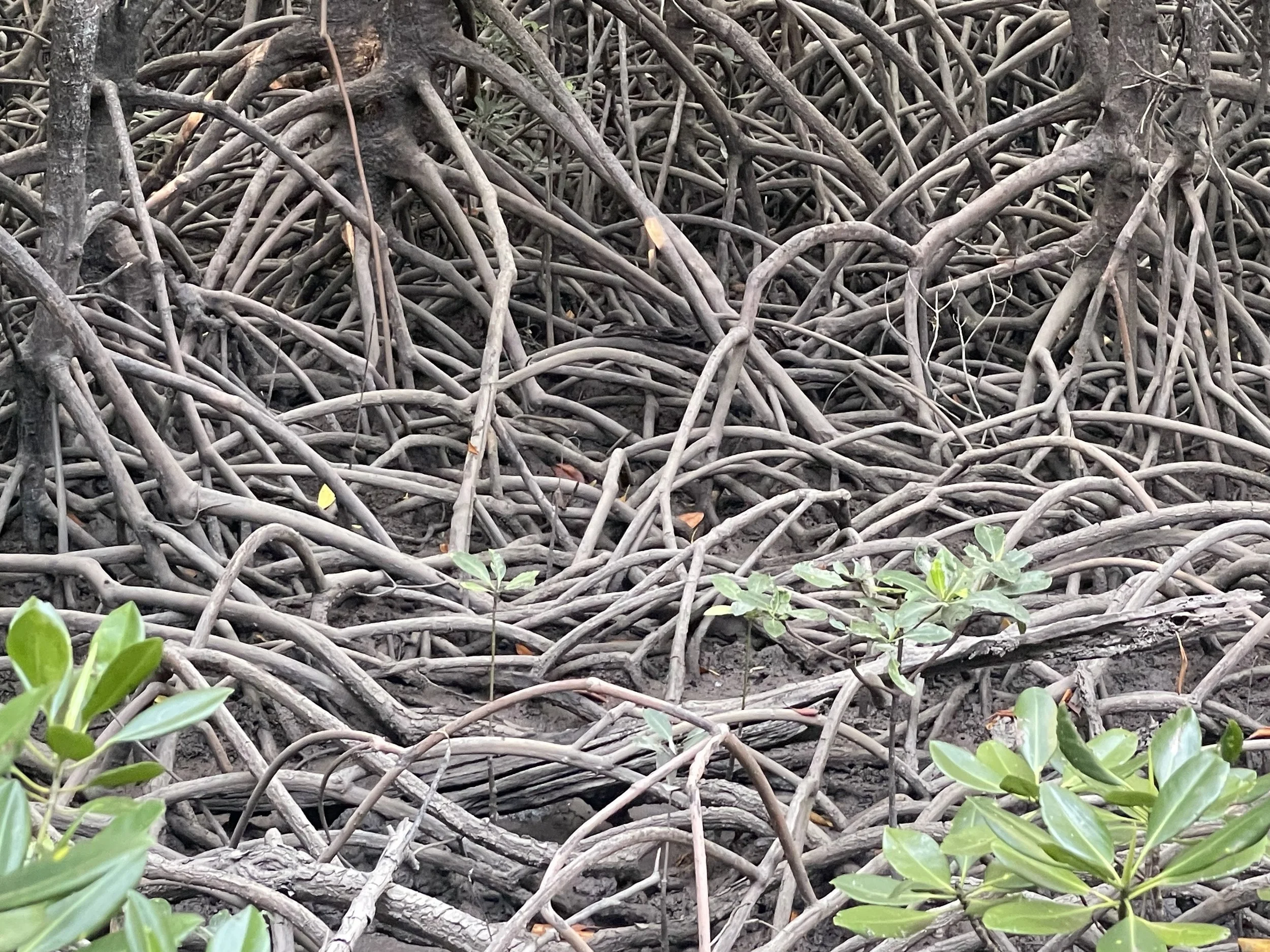
Acknowledgement of the Larrakia people and Country
I acknowledge the Larrakia people as the Traditional Owners of the land on which I live, work, and create. Known as the “Saltwater People,” the Larrakia have cared for this Country for tens of thousands of years, weaving a deep connection with its waterways, bushlands, and skies. I honour the many clans and families that make up the Larrakia Nation, including the Dangalaba, Darramuragal, Minmarama, and others, each holding distinct yet interconnected knowledge and traditions.
Specifically I acknowledge, Gurambai, known as Rapid Creek, where my creative and reflective practices have taken root. It is a place of beauty and contradiction, shaped by both its natural abundance and the scars of colonisation.
As I work here, I am reminded daily of my responsibility as a non-Indigenous person to listen deeply, learn continuously, and engage respectfully.
I pay my respects to Larrakia Elders—past, present, and emerging—and to the broader Larrakia community who continue to share their stories, wisdom, and care for this Country. Their knowledge is a guiding force in my work, a reminder of the relational and reciprocal practices that underpin this place.
This acknowledgment is not merely a statement but a commitment to ongoing learning, unlearning, and action. May this work honor the generosity of the Larrakia people and contribute to the collective care of this land and its many intertwined stories.

How to Navigate This Work
This website doesn’t simply document past events — it re-presents them. The three exhibitions you’ll find here are not records of fixed outcomes but gatherings of artefacts in process. These fragments — text, image, sound, exchange — form part of a digital assemblage, evolving across time and space. They trace the relational, more-than-human, and community-led practices that continue to shape the work, highlighting both continuity and discontinuity — what carries forward and what resists translation from place to screen.
Through collaged re-presentations of practice, the exhibitions work to keep alive the visceral and embodied qualities of the in-ground experiences, while also allowing new forms of connection and interpretation to emerge. Their meaning lies not in what they conclude, but in how they continue to move, connect, and invite reflection. These exhibitions are not online versions of something complete; they are living, shifting assemblages — continuations of practice that hold traces of what exceeds capture.
These digital exhibitions sit alongside the situated events that informed them, and the exegesis that reflects on them. Together, they form a triadic structure:
situated events / curated exhibitions / written reflection
None of these components stand alone. Their meanings emerge in relation — through movement across formats and perspectives. Each element shows a different aspect of the same inquiry: a layered practice grounded in collaboration, uncertainty, and care.
Across this work, I shift between roles — as participant, producer, host, collaborator, and analyst. I am present in the making, the reflecting, and the curating. But these events always exceeded any single grasp. They were shaped by people, place, weather, constraints, and chance. These exhibitions offer one way of staying with that excess — not to define it, but to honour it.
Importantly, this site does not aim to freeze time. It is not a retrospective. It is a way of keeping practices alive — through the acts of revisiting, re-curating, and sharing again. The artefacts presented here are not representations of what happened; they are complex assemblages — reminders, tools, and traces of how we might continue to relate, to one another, to place, and to the questions that remain open.
To explore this work, you are invited to move gently between the glossary, the exhibitions, and the exegesis. The glossary offers definitions shaped by practice, not theory alone — grounded in the doing. The exhibitions show artefacts in action, framed not by linear narrative but by situated relationships. The exegesis draws these threads into written reflection, offering analysis while remaining open to ambiguity. These parts are interwoven. There is no correct order — only invitations to return, revisit, and relate.